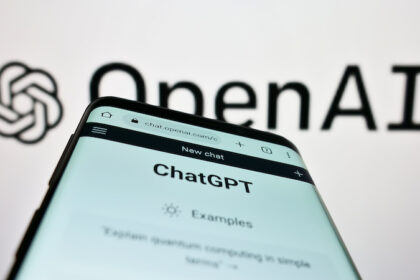Instagram’s algorithm often raises questions. But Instagram boss Adam Mosseri is trying to shed more light on it. We show you how Instagram’s algorithm for Stories works and selects content for you.
Instagram’s algorithm is probably a mystery to many users. But in a blog post, Instagram boss Adam Mosseri has now given a comprehensive explanation.
Among other things, he describes how the platform compiles your feed. But the Stories function is also part of his contribution.
What’s behind Instagram’s algorithm?
Adam Mosseri points out in his blog post that there is no one algorithm behind Instagram. The platform is much more based on a mixture of various algorithms, classifications and processes.
Our goal is to provide people with meaningful, valuable experiences on our platform.
To achieve this goal, the Meta subsidiary uses a system called “technology-enabled personalisation”. This involves using a separate algorithm in each area of the app – including Stories.
How does the Instagram algorithm for Stories work?
The algorithm is responsible for what content Instagram shows you. It is based on how you use the corresponding areas of the app – Stories, Reels or your feed.
The content in the Stories section is made up of the Stories shared by accounts you follow. The platform also shows you ads here.
Instagram defines your Stories section with these markers
Instagram’s algorithms are based on so-called “signals”. For the Stories algorithm, three such signals are in the foreground.
First of all, the focus is on your viewing history. Instagram analyses how often you view Stories from a certain account. These accounts are then prioritised for your ad.
But your interactions also play a decisive role here. If you mark a story with a “Like” or send it via direct message, it will rise in the ranking of your algorithm.
The third signal that explains how Instagram’s Stories algorithm works is connectedness. For this, Instagram takes into account the relationship you have with the respective account. To do this, the platform calculates how likely it is that this account is from your circle of friends or family.
We also take into account the likelihood of you tapping a story, replying to a story or looking at the next story.
With the help of these three signals, as well as the probability calculation, Instagram makes “a series of predictions”, according to Mosseri. So the platform decides which stories “might be particularly relevant and valuable to you”.










